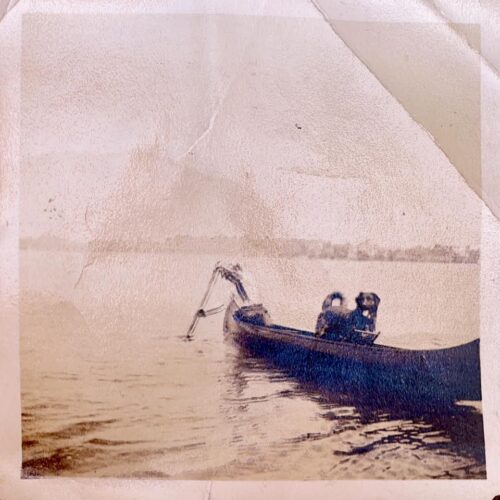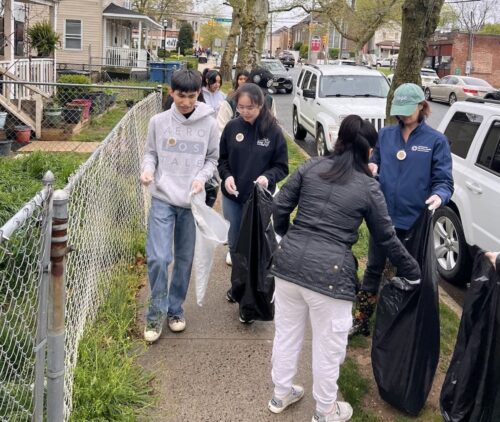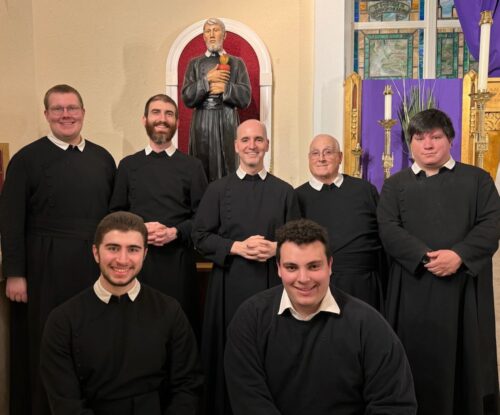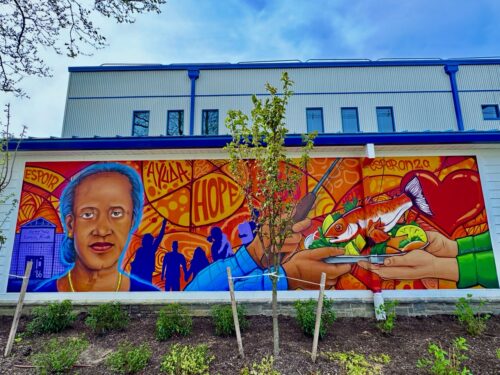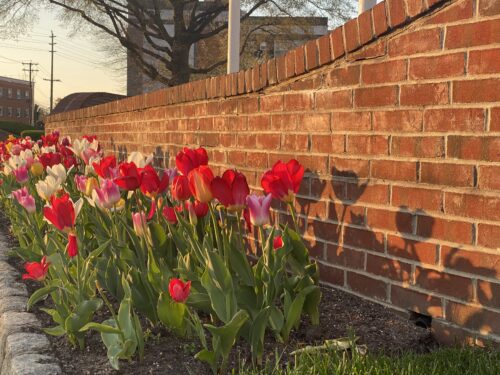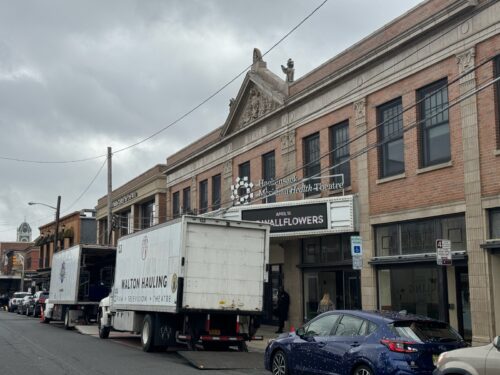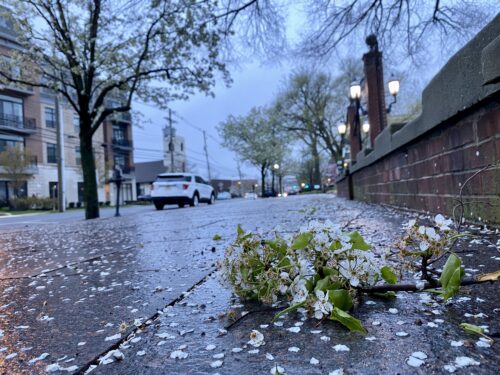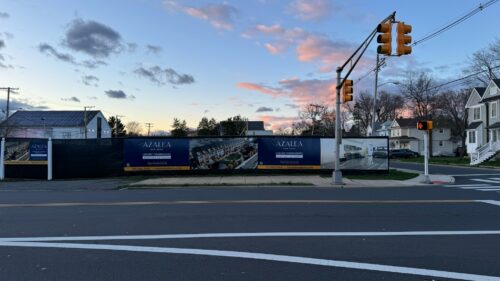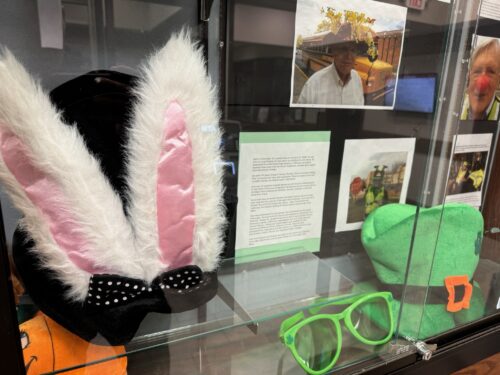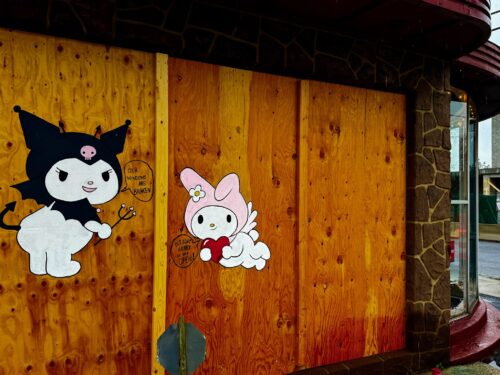
By DAN NATALE and JOHN T. WARD

Schwarz heads up a World War II veterans’ organization, the U.S.S. Houston (CA-30) Survivors Association, founded by his late father. He was overseeing the refurbishment of the original scale-replica of the ship, a heavy cruiser that was sunk by the Japanese in the early days of World War II. The replica would be donated to the the National Museum for the United States Navy in Washington. It needed a display case. Would Aufiero build it?
Aufiero, who owns Red Bank’s Front Street Trattoria with his wife, Valerie, was reluctant to take on the task. His wood shop was about mantelpieces and wall units for home entertainment systems, not something as freighted with meaning as this.
But Aufiero had known Otto Schwarz, and knew his story: how he had survived 20 hours in the sea as the Japanese machine-gunned the water; his three-and-a-half-year ordeal in a prison-of-war camp in Burma as a member of the slave labor contingent depicted in “The Bridge on the River Kwai;” the horrific beatings he endured in a camp in Saigon.
Aufiero felt an obligation to honor both Schwarz and the sailors who had served with him.
“There’s not a lot of men I look up to in my life,” Aufiero said. “He was one of them.”


The Houston, nicknamed the “Galloping Ghost of the Java Coast,” was attacked on March 1, 1942, along with an Australian ship, the HMAS Perth, in what was called the Battle of Sunda Straight.
Aufiero said the Houston had been sent as a sacrificial lamb to distract the Japanese from other U.S. naval operations. Of the 1,061 men on board, only 368 survived.
With Schwarz in mind, “I felt it was an honor to do something like that.”
Inspired by beautiful mahogany cases he’d seen at the American Museum of Natural History, Aufiero set out to make a display of the kind “that they don’t make anymore.”
Working with local vendors who supplied a 17-foot long steel chassis and LED lighting, Aufiero built the case in the Shrewsbury workshop that adjoins his home. It features gleaming sapele wood and brass screws.
“It had to look like a ship” from the era when interior finishes showed craftsmanship, Aufiero said.
Over the course of his life, Aufiero, a 61-year-old South Orange native, has been a surf bum, a postal service employee, a computer technician. Early on in his marriage, he worked “on and off” with his father-in-law, a cabinetmaker. He built the service counters in his restaurant and has done similar work for local shops.
But unlike those jobs, “this case is going to be around a long time,” he told redbankgreen, It honors “the legacy of people who really sacrificed their lives” in the name of freedom.
A slideshow of detailed photos of Aufiero’s display case can be seen here. Aufiero is now awaiting a Navy commission to build cases for replicas of the battleship U.S.S. South Carolina and U.S.S. Wampanoag, a Civil War-era frigate.




